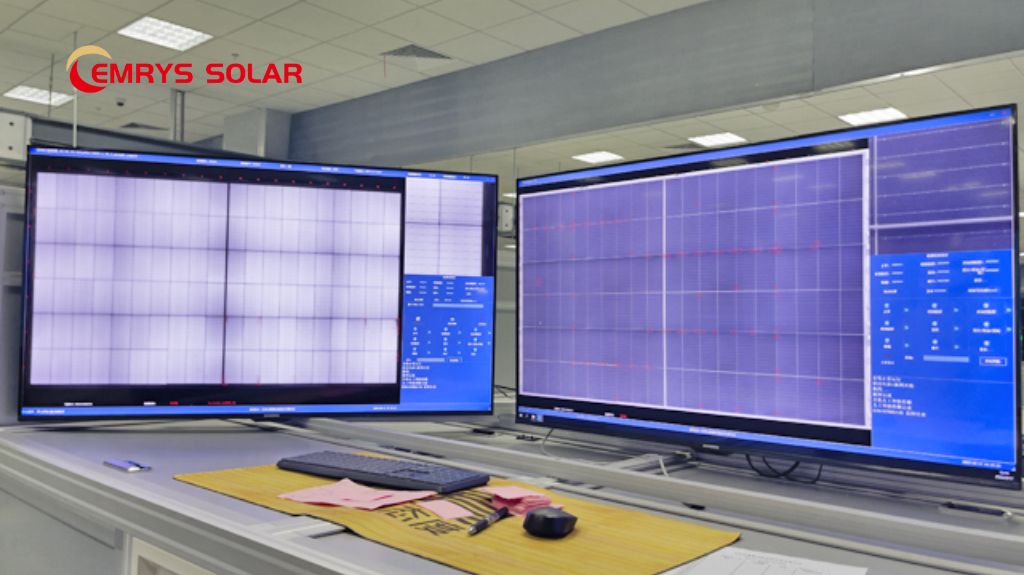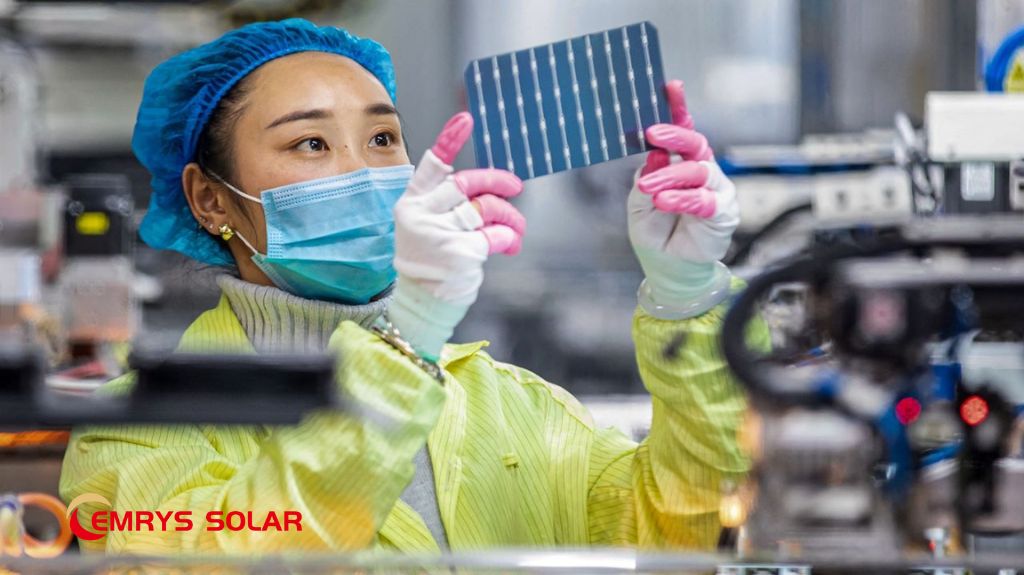SOLAR PV MODULE QUALITY CONTROL PROCESS
21/12/2021
Solar PV module quality control process involves several stages of inspections and tests to ensure that the modules meet the required standards and specifications. The process typically starts with the inspection of the incoming raw materials, such as solar cells, glass, and frame materials. This is followed by the assembly of the module, where the quality of the interconnection between the solar cells is checked, and the encapsulation materials are applied.
Here are the detailed steps involved in the quality control process of solar PV modules:

1.Incoming material inspection: The quality control process starts with the inspection of incoming raw materials, such as solar cells, glass, and frame materials. The materials are checked for any defects or damage that may affect the final product's performance.
2.Cell sorting: The solar cells are sorted according to their electrical characteristics to ensure that they are matched appropriately for maximum efficiency.
3.Tabbing and stringing: The solar cells are interconnected using a process called tabbing and stringing. This process involves attaching thin wires or tabs to the cells and then connecting them in series to form a string.

4.Electrical testing: The electrical performance of each string of solar cells is tested to ensure that the output voltage and current meet the specifications.
5.Lamination: The solar cells are sandwiched between two layers of encapsulation material and then laminated under heat and pressure to form a module.
6.Module testing: The electrical performance of the module is tested to ensure that it meets the specified power output and other performance parameters.
7.Visual inspection: The modules are inspected visually to ensure that there are no defects or damage to the module's surface, frame, and junction box.
8.Flash testing: The modules undergo a flash test to determine the maximum power output under standard test conditions.
9.Temperature cycling: The modules are subjected to temperature cycling tests to determine their durability under extreme temperature conditions.
10.Mechanical load testing: The modules undergo mechanical load testing to determine their ability to withstand different types of loads, such as wind and snow.
11.Final inspection: After completing all the tests, a final inspection is done to ensure that the modules meet the required standards and specifications.
Overall, the quality control process of solar PV modules involves a rigorous set of tests and inspections to ensure that the modules are reliable and durable and meet the expected performance and efficiency standards.
